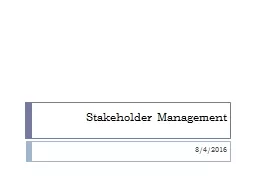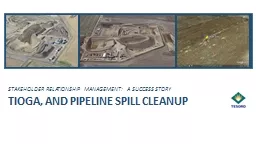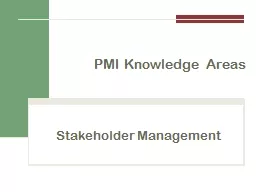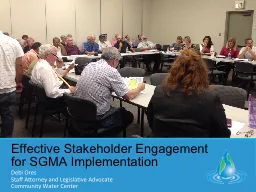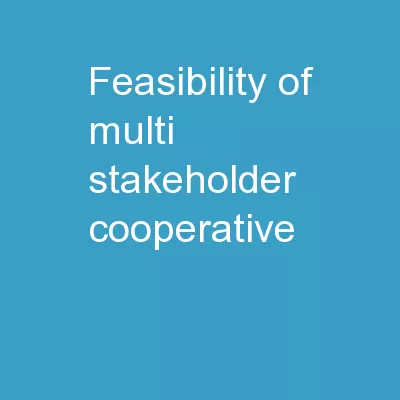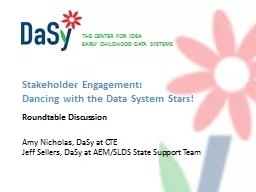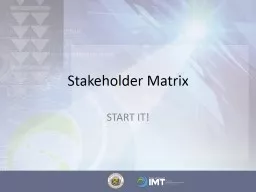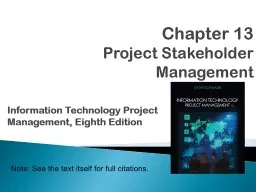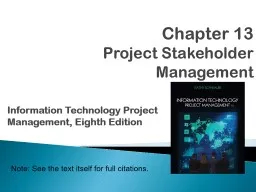PPT-Stakeholder Management 8/4/2016
Author : robaut | Published Date : 2020-06-19
Agenda Intro 30 sec each 10 minutes Name organization years in product management and most interesting comment you have ever been told by a stakeholder Groups of
Presentation Embed Code
Download Presentation
Download Presentation The PPT/PDF document "Stakeholder Management 8/4/2016" is the property of its rightful owner. Permission is granted to download and print the materials on this website for personal, non-commercial use only, and to display it on your personal computer provided you do not modify the materials and that you retain all copyright notices contained in the materials. By downloading content from our website, you accept the terms of this agreement.
Stakeholder Management 8/4/2016: Transcript
Download Rules Of Document
"Stakeholder Management 8/4/2016"The content belongs to its owner. You may download and print it for personal use, without modification, and keep all copyright notices. By downloading, you agree to these terms.
Related Documents

